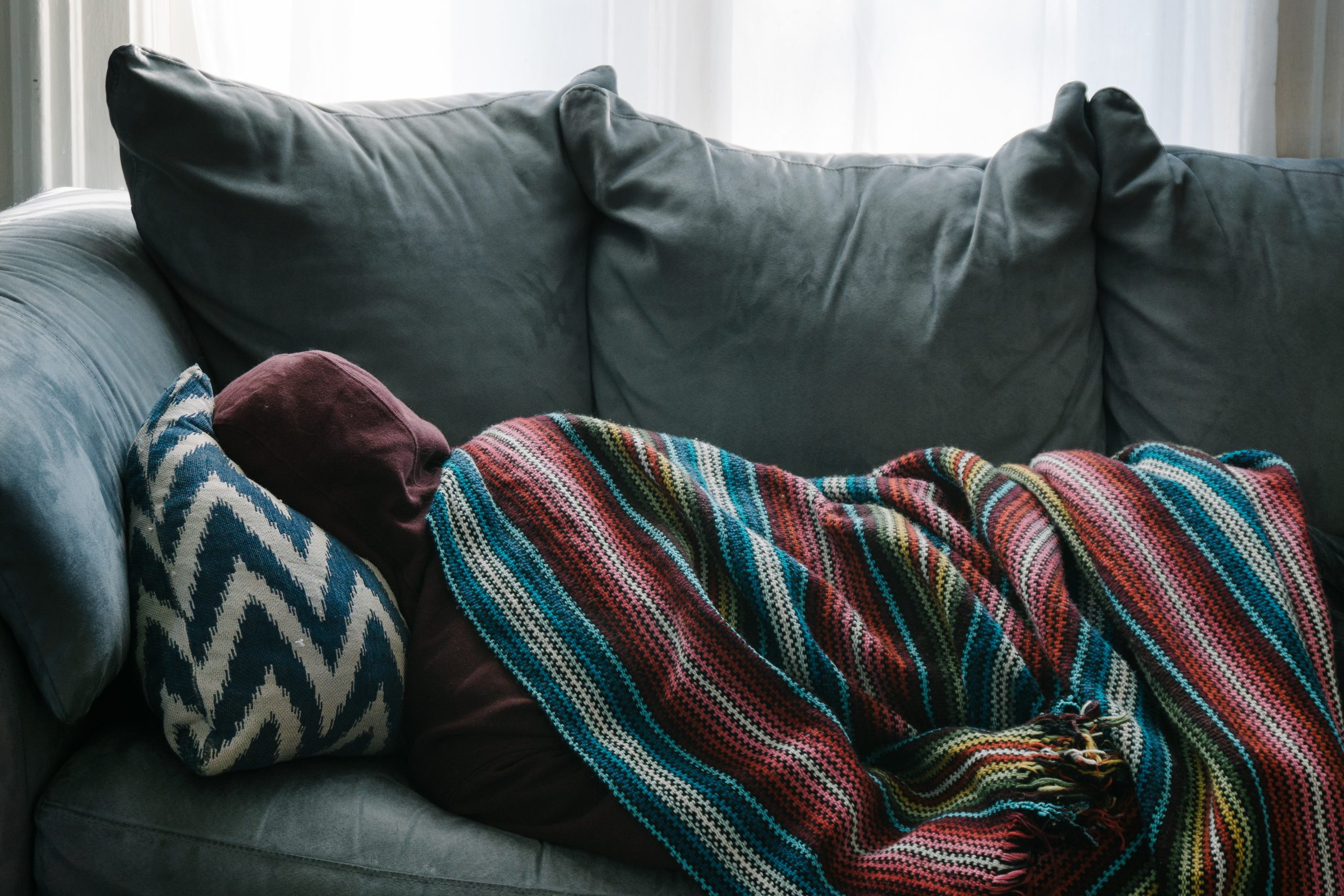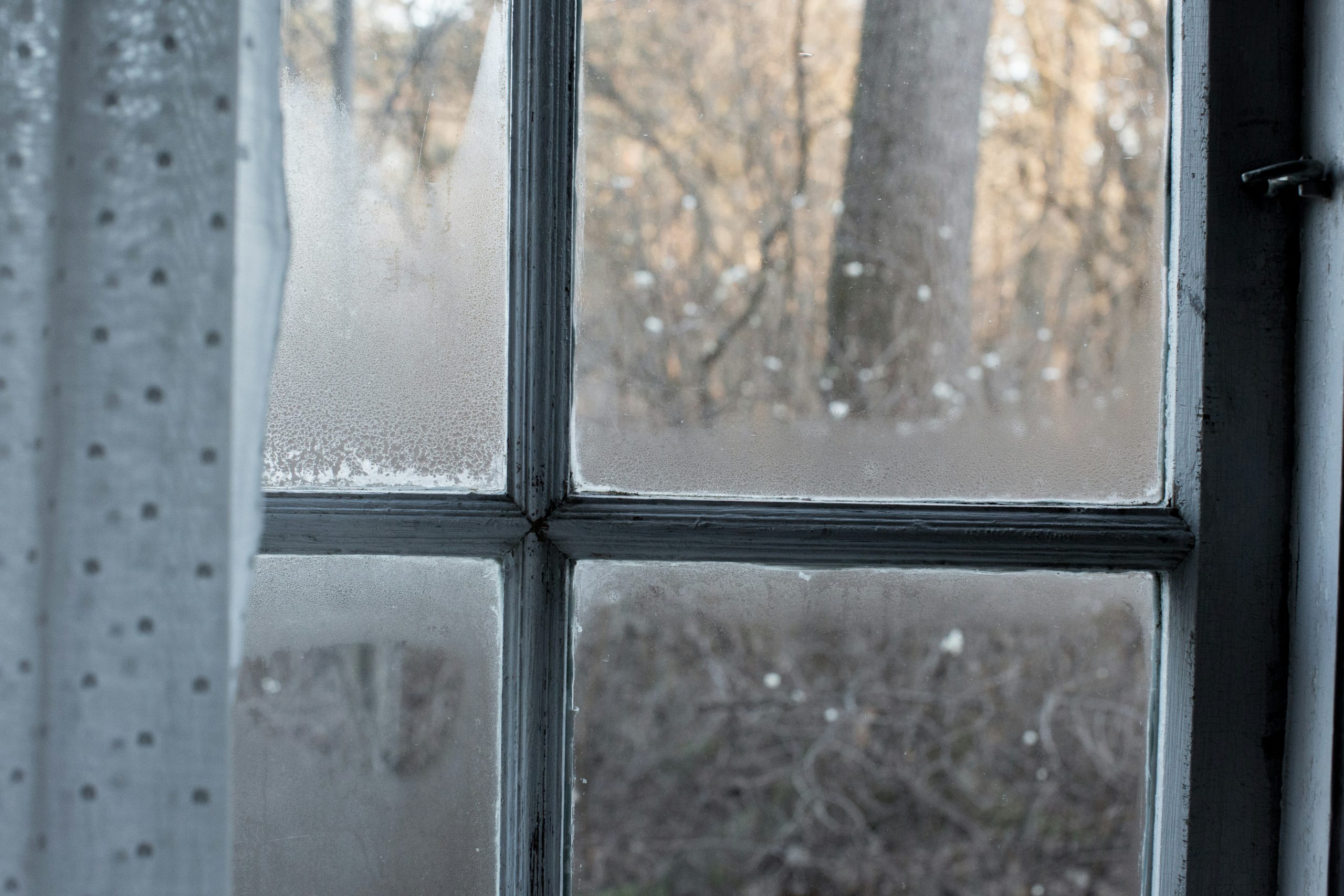Avoiding mold and mycotoxins has taken a major share of the spotlight in healthy home discussions, and for good reason, because they can elicit major allergic responses in many people and disabling immune responses in very sensitive people. However, there is another organism that grows right along with mold in moist environments, and it’s often overlooked even though it can produce the same types of reactions. Some types of bacteria are unique enough to be in a class of their own, called actinobacteria.
Here’s a short refresher from an article about bacteria, endotoxins and exotoxins: bacteria can be classed into two different groups: “Gram-negative” or “Gram-positive”. These classes are based on a test developed by scientist Christian Gram in 1884, which differentiates the bacteria using a purple stain. According to webmd.com, bacteria either have a hard, outer shell, or a thick, mesh-like membrane called peptidoglycan. The hard outer shell will resist the purple stain, and show up as a red color. These are called “gram negative” because the purple stain did not show. Bacteria with the peptidoglycan absorb the purple stain much more easily and are called “gram positive”. The stain also tells many more characteristics about the bacteria and the way it interacts with treatment.
Going back to actinobacteria (also called actinomycetes), they are a diverse group of gram-positive bacteria, meaning they have that mesh-like membrane called peptidoglycan. However, they resemble molds (fungi) because they are adapted to life on solid surfaces and they can produce mycelium (branching structures) and dry spores like most fungi. Actinomycete spores are known to be important air contaminants in occupational environments, such as agriculture and waste composting facilities, and have recently gained special attention as indicators of mold problems in buildings. They do not belong to the normal microbial flora in indoor air but have been found in buildings suffering from moisture and mold problems. (Characteristics of Airborne Actinomycete Spores) One class of actinobacteria, called mycobacteria, include the types of bacteria responsible for tuberculosis and leprosy. These actinobacteria require iron for growth, and in the human body, will destroy red blood cells in order to acquire the iron it needs.
Actinobacteria, which occur in both terrestrial and aquatic habitats, are among the most common groups of gram-positive microorganisms in nature. Living in soil, actinobacteria decompose organic matter and display antagonism against other bacteria and fungi, with which they compete for nutrients. Actinobacteria have incredible abilities to survive under extreme conditions in their natural environment and have been found in strongly saline soils, soils with a high content of exchangeable sodium and/or magnesium ions, and heavy clay soil which is submerged by water. (Discovery of Actinomycetes from Extreme Environments with Potential to Produce Novel Antibiotics). If they can live in these extreme environments, it’s not too much of a stretch to find them indoors in water-damaged buildings (WDB) and indeed, they thrive there too. In a 2017 study of an office building in the northeast US which had a history of water incursions via roofs, walls, and pipes, actinobacteria were detected in 74% of dust samples, and thermophilic actinomycetes (unique high-temperature aerobic bacteria) were most predominant (81%) among the three types. In analysis of building occupants who participated (105 participants out of 136 occupants), the increasing thermophilic actinomycetes levels in floor dust were significantly associated with decreased pulmonary function and increased odds of having symptoms reflecting possible granulomatous disease, particularly shortness of breath on exertion, flu-like achiness, and fever and chills. Prevalences of the three granulomatous disease-like symptoms among the occupants were similar to those reported in another study of a large office building with eight hypersensitivity pneumonitis and six sarcoidosis cases, a long history of moisture incursions, and high fungal and bacterial contamination.
Dr. Ritchie Shoemaker, an expert on mold illness and CIRS, published the paper Exposure to Actinobacteria resident in water-damaged buildings and resultant immune injury in Chronic Inflammatory Response Syndrome in 2021. In it, he details some of the interesting facts about actinobacteria that many people do not know:
- Geosmin is a VOC that accounts for the characteristic musty smell found in many WDB, and many actinobacteria also produce this VOC, creating the logical fallacy that the smell found in WDB buildings is only due to mold growth.
- Certain species of actinobacteria live on humans: on our skin and in mucous membranes and genitourinary tracts. He denoted these HH actinobacteria (for human habitat), as opposed to SH actinobacteria (for soil habitat). The interior of WDB are usually colonized by HH actinobacteria much more than SH actinobacteria; this is not the same for fungi, because WDB are easily colonized by outdoor (SH) fungi. (Airborne Bacterial Communities in Residences: Similarities and Differences with Fungi)
- Dr. Shoemaker developed indices for exposure to actinobacteria showing differences in subsequent immunoreactivity in Chronic Immune Response Syndrome (CIRS) patients for actinobacteria from human skin carriage, HH, as opposed to SH actinobacteria.
- He theorized that the “toxin” that causes the immunoreactivity is not exotoxins, like normal gram-positive bacteria, but extracellular vesicles of 20-150 nanometer size that carry potentially inflammatory molecular signaling compounds from inside the cell wall to the outside. Vesicles are known to contain a variety of charges including nucleic acids, lipoproteins, enzymes, and toxins.
“Better Health Guy” Scott Forsgren, Functional Diagnostic Nutrition Practitioner interviewed Dr. Larry Schwartz, an indoor air expert with a specialty area is assessing, testing, and creating solutions to make homes and workplaces environmentally safe for patients with inflammatory illnesses, about actinobacteria. According to Dr. Schwartz, one can get treated for symptoms of CIRS (of which there are 37), but not necessarily get to the root cause. However, if their blood is tested by GENIE (Genomic expression: Inflammation Explained), root causes for CIRS can be discovered. “We found over 2,000 patients that have taken the GENIE test. About 42% of them are being triggered by Actinomycetes. The next largest percentage was endotoxins. The least percentage was the mycotoxin.” (podcast: Episode #171: Actinomycetes with Larry Schwartz, BSME, MBA, CIEC) Some background on GENIE: this test was developed by Dr. Shoemaker and Dr. James Ryan, a molecular biologist, who have collaborated on genetic testing since 2011. GENIE is a gene expression assay composed of 188 genes that is performed on a single blood specimen. It reveals gene expression abnormalities found most often in patients facing CIRS illnesses. Typically it's done repeatedly, once before treatment for CIRS, after the first eleven steps of the treatment protocol, during or after VIP treatment. (vasoactive intestinal polypeptide). VIP is a naturally occurring human neuropeptide which affects multiple pathways in the brain and throughout the body, and it’s given as a low-dose nasal spray to benefit patients with severe CIRS. GENIE results will show if the patient's metabolism is improving as their treatment progresses.
Dr. Schwartz’ research exposed that the major “factory” of actinobacteria (he calls them “actinos” for short) is the bedroom, because of the time we spend under covers (warm temperature) and the amount of skin cells that are deposited in the bed. He also characterizes showers, crawlspaces and basements and drains as places where actinobacteria tend to multiply because of constant moisture. He has a bedding protocol for cleaning bedsheets, and drain “protocol” on how to clean drains on a regular basis so that actinobacteria will not continue to proliferate in them. (check out minute 59:17 of the podcast for these protocols). Dr. Schwartz also advocates for use of HEPA filters, PCO devices (like the Air Angel Mobile) and bipolar devices (like the Mold Guard). We would also add that the use of bathroom exhaust fans and humidity control are paramount for lowering relative humidity.
Dr. Schwartz acknowledged that similar to the way pathogenic mold makes mycotoxins, many pathogenic species of actinos often create a chemical called mycolic acid, which may be the allergy trigger for CIRS patients. Dr. Ritchie Shoemaker also found that mycolic acids played a role in inducing T-cell responses (Exposure to Actinobacteria resident in water-damaged buildings and resultant immune injury in Chronic Inflammatory Response Syndrome) According to the physicians with which Dr. Schwartz consults, although actinos can trigger inflammation and CIRS, they are not necessarily triggering histamines, and mast cell activation, because mast cell activation is primarily a histamine-driven effect.
As for testing, EnviroBiomics is the only lab known by Dr. Schwartz that does next generation sequencing (NGS) to determine levels of actinos in home samples. Using special lab equipment called NGS processors, they give the in-depth degree of data on the speciation of actinos and their concentrations. Dr. Schwartz can analyze the results of these test reports, in conjunction with at-home or virtual visits, to determine what may be exacerbating CIRS symptoms. In one case, a client who lived in a farmhouse on 3 acres had CIRS, but the cause was not in his home. It turned out that a neighboring property had a dilapidated barn with rotting hay in it (“farmer’s lung” disease comes from the actinobacteria in rotting hay), and correction of the ventilation in his home significantly improved his symptoms.
Now for the good: despite its ability to cause illness, scientists and researchers have discovered how to harness actinomycetes for healing purposes. Antibiotics are a class of molecules used for the treatment and prevention of bacterial infections. These bioactive compounds are produced naturally from different species of fungi and bacteria, but the most attractive class of microorganisms that are able to produce these secondary metabolites are actinobacteria, in particular, actinomycetes. The importance of this order is due to their abilities to produce different classes of antibiotics in terms of chemical structure and mechanisms of action. Moreover, different genera and species of actinomycetes are able to produce the same class of antibiotics and, in few cases, the same chemical compound. Thanks to antibiotics and the research developed in this field, many infections are now treatable, and life-quality/life expectancy are better than in the past. (Actinomycetes: A Never-Ending Source of Bioactive Compounds—An Overview on Antibiotics Production)
In short, actinobacteria can be confused with mold because of many similarities: how they grow, the environmental conditions they prefer, what they smell like, and what symptoms they cause in humans. The good thing is that regular cleaning of areas like the bedroom, bathroom and drains to remove dust and allergens also removes food for actinobacteria. In addition, a whole-home approach also examines the ways that toxins from actinobacteria inside walls and even outside can enter the home via leaks and negative air pressure. When cleaning protocols are introduced and these air pathways are addressed, actinobacteria numbers start to dwindle and the homeowner’s health increases. Sometimes it takes a trained eye to discover where they are flourishing, but by knowing their preferred habitat and via testing, they are not completely “in the dark” anymore!


